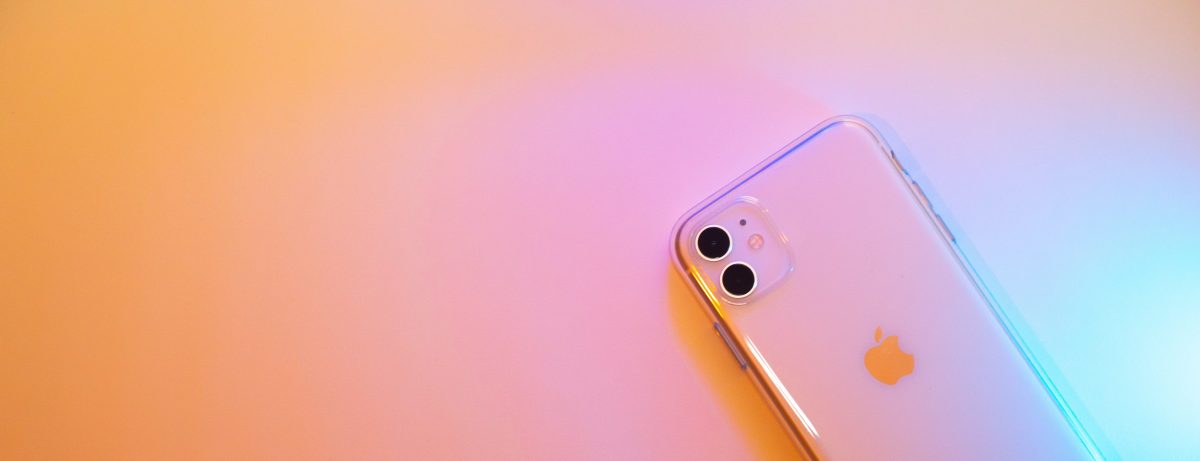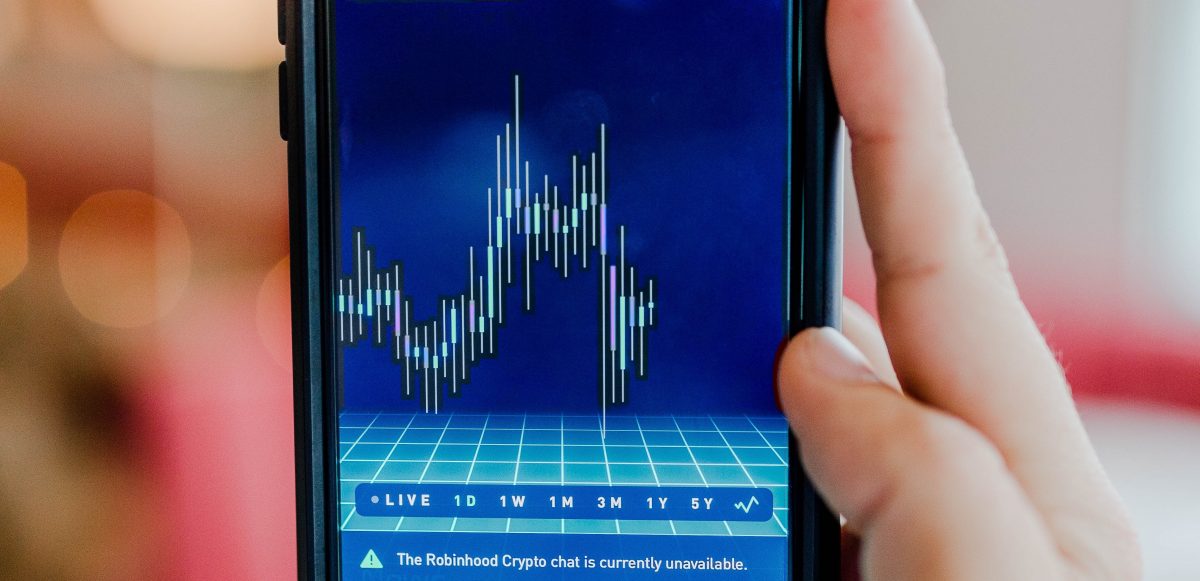These days, it seems that nearly everyone has a great app idea. The problem is that many of these apps never manage to get off the ground, even if they’ve been fully developed. Why is that, exactly? The real answer is that no one ever sees the app, so it’s not appreciated by its intended user base. A great app has two parts: the app itself and the marketing used to increase user engagement. We’re here to focus on the second part. Keep in mind that these aren’t simple “tips” or “tricks” – these are bona fide marketing techniques that take extensive time and effort on your part. But they will work, so they’re worth the time. Let’s get started.
![]()
Work on Your Store Listing
Your store listing is the first thing users see, so it needs to be good – actually, it needs to be great. You’re competing with other apps in the marketplace, so you need your listing to stand out from the crowd. You can do that by:
- Creating a great icon. Your icon should be memorable, make an impact and be relevant for your app.
- Creating a video. Users want to see how your app works; a video is the best way to do that.
- Adding screenshots. Screenshots are a quick way to see an app’s benefits when you don’t have time to watch a video. Good listings have both.
- Focusing on benefits. Your description should be clear and concise and focus on the app’s benefits. Bullet formats are great because they’re quick and easy to read.
With a killer listing, users will be compelled to download your app – and that’s the first step of regular user engagement.
‘Try Before You Buy’ Method
Most apps have a free (or trial) version and a paid version. This encourages users to download the app and get used to the experience, and then slowly convinces them to purchase extra features or extend the trial into a paid plan. Users generally aren’t willing to cough up money (even a buck or two) before they’ve tried the product. It’s just human nature. If you haven’t already, consider adding a “try before you buy” format and see if sales increase.

Push Notifications
Push notifications are the bread and butter of user engagement for apps. However, it can be difficult to encourage users to use the app without being too annoying. Here are some things to keep in mind with push notifications:
- They should be relevant to the user, which means some level of personalization is necessary.
- They should have value for the user. The goal of a push notification is to entice the user to open the app. If the notification offers the user no value, then it’s just an annoyance.
- Ask for permission by using in-app prompts. When users download your app for the first time, they should receive an initial request to allow notifications. Often, users will say “no” at this point, but you should also add in-app prompts. As a user starts interacting with your app more and more, they may be more convinced that push notifications are a good idea.
- Test your notifications — and test again. You’ll never know how people will react to your notifications until you test your audience.
- Use images, audio and other features. Smartphone features are constantly changing and updating, and you should utilize everything they have to offer. Today’s phones allow images, so be sure to use them to make notifications more appealing.
Final Thoughts
There’s no single method that will instantly boost your app engagement, but a good combination of the ones listed here should certainly help. Apps are rarely a “one and done” deal; they generally require regular changes and updates, even on the marketing side of things. Still, an app can be a great investment that really pays off once user engagement gets high enough.




